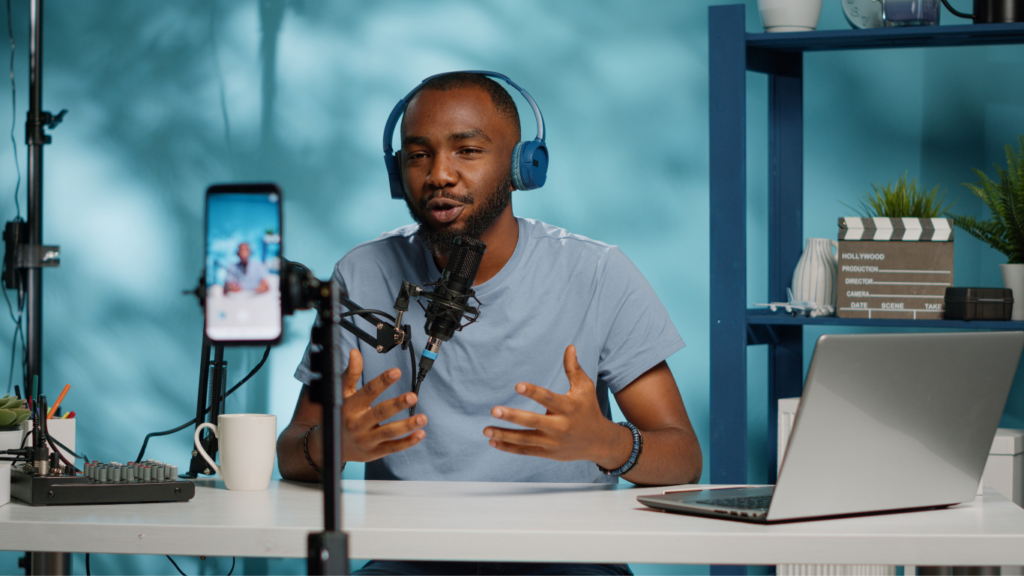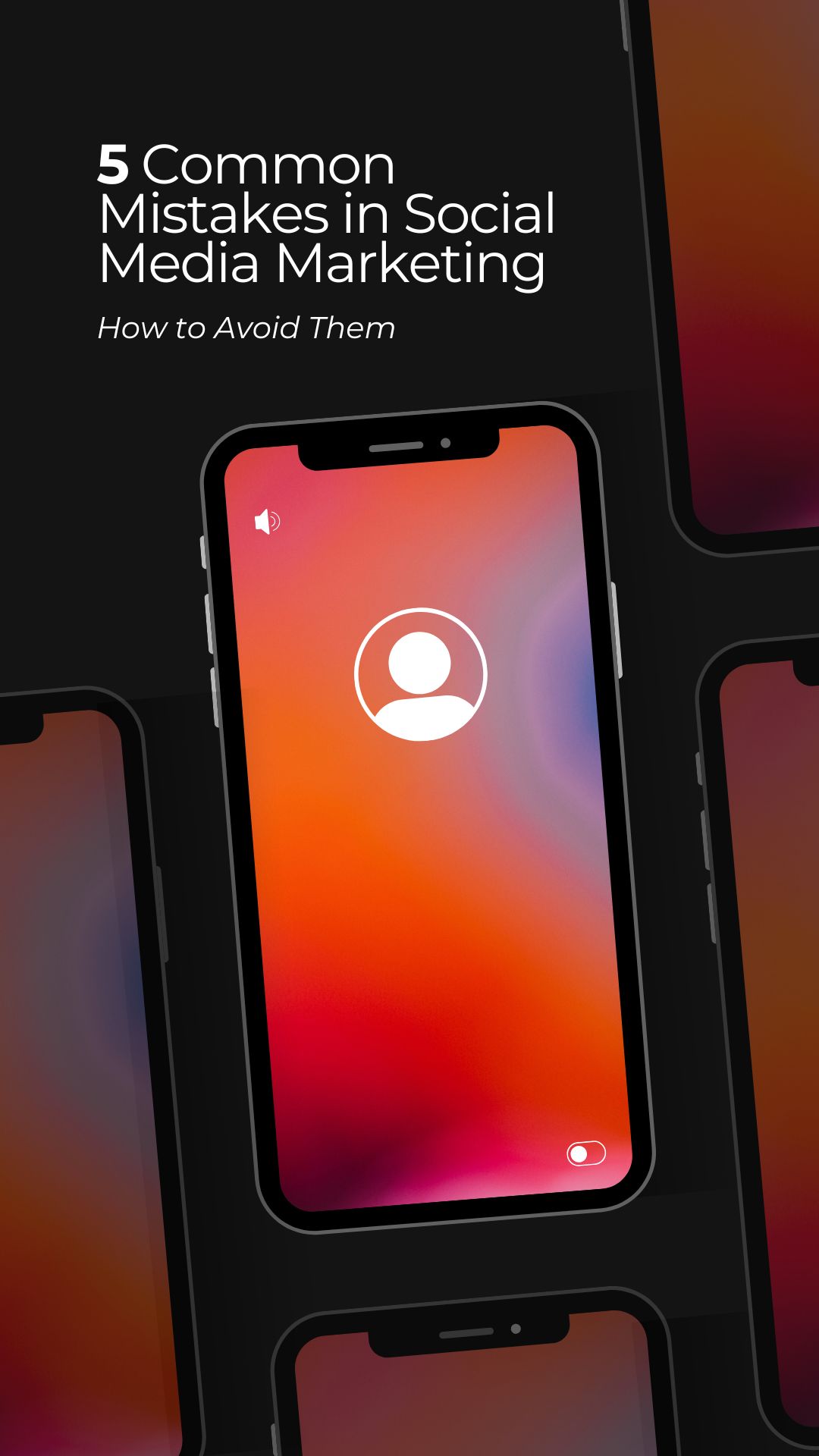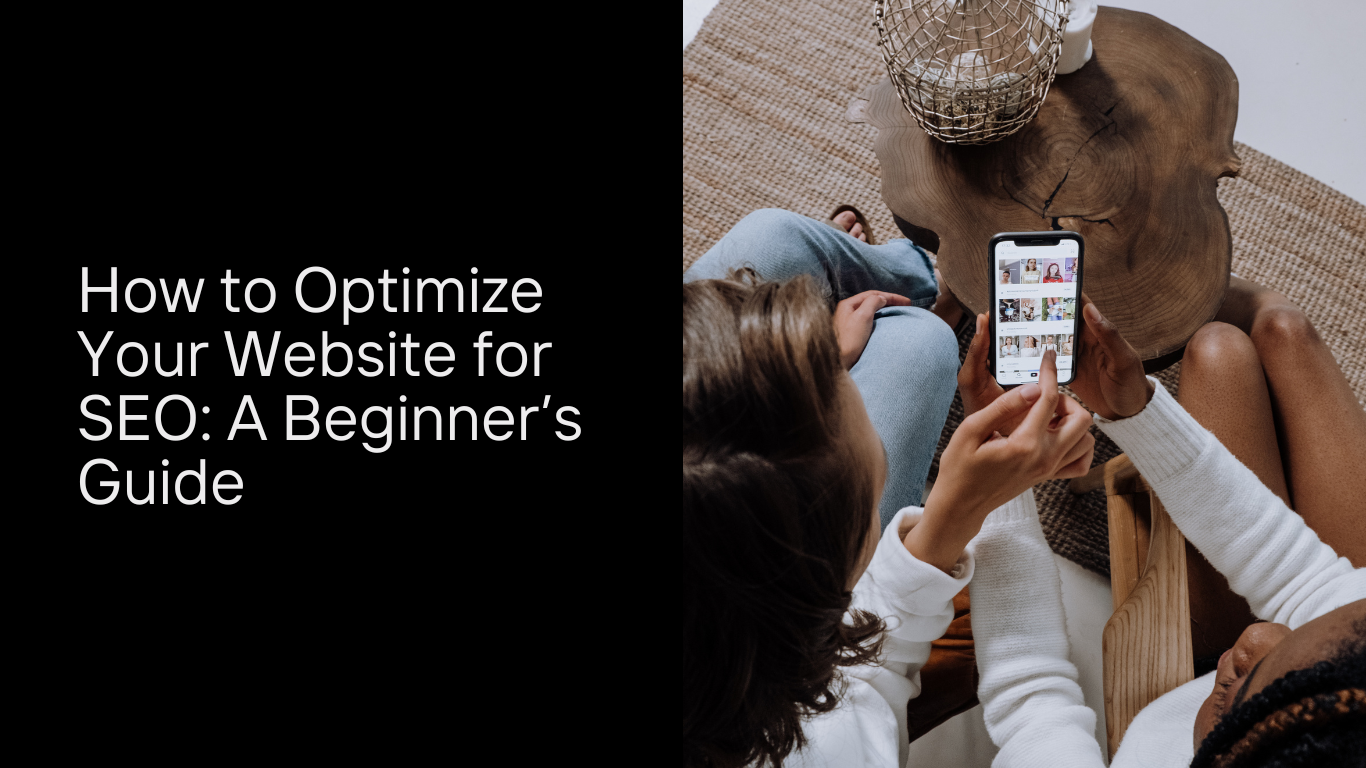Video content has become a dominant force in social media advertising, offering a dynamic way to capture audience attention and drive engagement. With billions of videos watched daily across platforms like Instagram, Facebook, TikTok, and YouTube, video ads provide businesses a powerful tool to boost brand awareness, connect emotionally with viewers, and convert prospects into customers. In this guide, we’ll explore the power of video ads, why they’re so effective, and how you can use them to amplify your social media advertising strategy.

1. Why Video Ads Are So Effective
Video is a highly engaging format that grabs attention and conveys information quickly. Here are some key reasons why video ads outperform other types of content:
- Visual Appeal: Videos combine visuals, sound, and movement, making them more engaging and memorable than static images or text-based ads. This dynamic format helps brands showcase their products or services in a more compelling way.
- Emotional Connection: Video is one of the best formats for storytelling. It allows businesses to evoke emotions through music, voiceovers, and visual narratives, helping create a deeper connection with the audience.
- Higher Engagement Rates: Studies show that users are more likely to engage with video ads compared to static ads. Video content is more likely to be liked, shared, and commented on, increasing reach and brand exposure.
- More Information in Less Time: With the ability to convey more complex messages in a shorter time frame, video ads allow you to demonstrate product features, explain services, or communicate value propositions quickly and efficiently.
- Preferred by Platforms: Social media platforms like Instagram, Facebook, and TikTok prioritize video content in their algorithms, giving video ads more visibility in users’ feeds.
2. Types of Video Ads for Social Media
Before diving into video ad creation, it’s important to understand the different types of video ads you can use for social media marketing:
- In-Feed Video Ads: These ads appear directly in users’ social media feeds on platforms like Instagram, Facebook, and TikTok. They blend seamlessly with organic content, making them less intrusive. These ads are perfect for storytelling, product showcases, or quick promotional videos.
- Story Ads: Story ads appear between user-generated stories on platforms like Instagram and Facebook. With full-screen vertical video formats, they are great for creating immersive experiences and often include interactive elements like polls or swipe-up links.
- YouTube Pre-Roll Ads: These ads play before the main video content on YouTube. They can be skippable or non-skippable, and they’re highly effective at reaching a targeted audience interested in related content.
- Carousel Video Ads: Carousel ads allow you to showcase multiple videos (or a mix of videos and images) in one ad. This format is great for telling a story across multiple segments or showcasing different products in a single ad.
- Live Video: Live video isn’t a traditional ad format, but it’s a powerful way to engage your audience in real-time. Live sessions on Instagram, Facebook, or LinkedIn can be used to showcase products, answer questions, and connect with your audience on a personal level.
- Shoppable Video Ads: These ads, commonly seen on Instagram and Facebook, allow viewers to shop directly from the video. You can tag products featured in the video so users can click and purchase without leaving the platform.
3. Best Practices for Creating High-Impact Video Ads
To ensure your video ads perform well and resonate with your audience, here are some best practices to follow:
- Grab Attention in the First Few Seconds: The first few seconds of your video are crucial. Social media users scroll quickly, so you need to capture their attention immediately. Start with a strong visual or a provocative question to hook viewers.
- Keep It Short and Engaging: Attention spans on social media are short, so aim to deliver your message quickly. For most platforms, 15 to 30 seconds is the optimal length for video ads. Focus on the key message, and make sure every second counts.
- Include a Clear Call-to-Action (CTA): Always include a clear and actionable CTA in your video ads. Whether it’s “Shop Now,” “Sign Up,” or “Learn More,” guide your viewers on what to do next. CTAs can be verbal, written, or interactive.
- Optimize for Mobile Viewing: The majority of social media users access content via mobile devices, so your video ads should be optimized for mobile. Use vertical or square formats for platforms like Instagram Stories and TikTok, and ensure that your text is large enough to be easily read on small screens.
- Use Captions and Subtitles: Many users watch videos without sound, especially on platforms like Facebook and Instagram. Adding captions or subtitles ensures that your message gets across even if the sound is off.
- Leverage User-Generated Content (UGC): UGC can be highly effective in video ads. Featuring real customers using your products in your videos adds authenticity and builds trust with potential buyers.
- A/B Test Your Ads: Just like with static ads, testing different versions of your video ads can help you identify what works best. Test various lengths, visuals, messages, and CTAs to see what drives the most engagement and conversions.
4. Crafting the Perfect Video Ad Script
The script is the backbone of any successful video ad. Here’s how to structure your script for maximum impact:
- Start with a Hook: The opening should immediately grab attention. This could be a bold statement, a relatable problem, or a striking visual. For example, “Struggling to keep your plants alive? We’ve got the solution!”
- Introduce the Product or Solution: Quickly introduce your product or service and explain how it solves a problem or fulfills a need. Keep this portion concise but impactful.
- Highlight the Benefits: Rather than listing features, focus on the benefits your product offers. Explain how it can make your audience’s life easier, better, or more enjoyable.
- Add Social Proof: Include testimonials, reviews, or user-generated content to build credibility. Social proof can increase trust and convince potential customers to take action.
- End with a Strong CTA: Close your video with a clear and compelling call-to-action. Whether it’s driving traffic to your website, encouraging viewers to make a purchase, or prompting them to follow your page, make it easy for them to take the next step.
5. How to Distribute Your Video Ads Effectively
Creating a great video ad is only part of the process. You also need to ensure it reaches the right audience. Here’s how to distribute your video ads for maximum impact:
- Target the Right Audience: Use social media platforms’ targeting tools to ensure your video ad reaches the right demographic. You can target by age, location, interests, behavior, and more. Facebook and Instagram Ads Manager offer advanced targeting options that allow you to narrow down your audience for better results.
- Retargeting with Video Ads: Retarget users who have already interacted with your brand but haven’t converted. Show them video ads that reinforce your message, offer new promotions, or highlight additional benefits.
- Leverage Influencer Collaborations: Partner with influencers to distribute your video ads. Influencer marketing can increase the visibility of your videos, especially when targeting niche audiences. Influencers can also create their own video content promoting your brand.
- Cross-Promote on Multiple Platforms: Repurpose your video content for multiple social media platforms. While the content remains the same, make sure to optimize it for each platform’s specific format and audience behavior.
- Use Paid Promotion to Boost Reach: Organic reach alone may not be enough for your video ad to gain traction. Use paid promotion to boost your video across platforms and ensure it reaches your target audience.
6. Measuring the Success of Your Video Ads
To ensure your video ads are driving results, track these key performance indicators (KPIs):
- View Rate: This metric shows how many people viewed your video ad compared to how many times it was shown (impressions). A high view rate indicates that the video was engaging enough to capture attention.
- Engagement Rate: Track likes, shares, comments, and other forms of interaction with your video. High engagement suggests that your video resonated with viewers.
- Click-Through Rate (CTR): Measure the percentage of viewers who clicked on your ad. A high CTR means your ad successfully drove viewers to take action.
- Conversion Rate: If your goal is to drive sales, sign-ups, or other conversions, track how many viewers completed the desired action after watching the video.
- Cost per View (CPV): CPV shows how much you’re paying for each view of your video ad. A low CPV means your video is reaching viewers cost-effectively.
By analyzing these metrics, you can identify what’s working and make data-driven decisions to improve future video ad campaigns.

Conclusion
Video ads are a powerful tool for social media advertising, offering an engaging way to connect with your audience, boost brand awareness, and drive conversions. By creating high-quality, targeted, and optimized video ads, you can make a lasting impression on your viewers and maximize your advertising ROI. Whether you’re showcasing a product, telling a story, or sharing customer testimonials, video is an essential element of a successful social media strategy.


































































